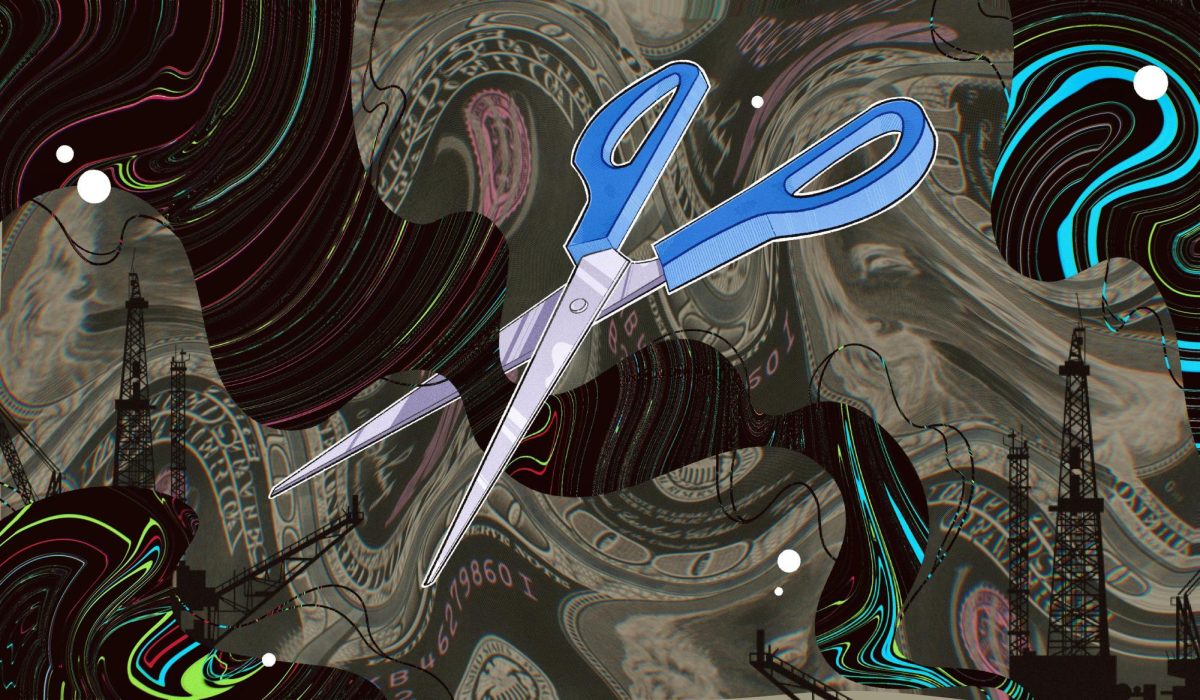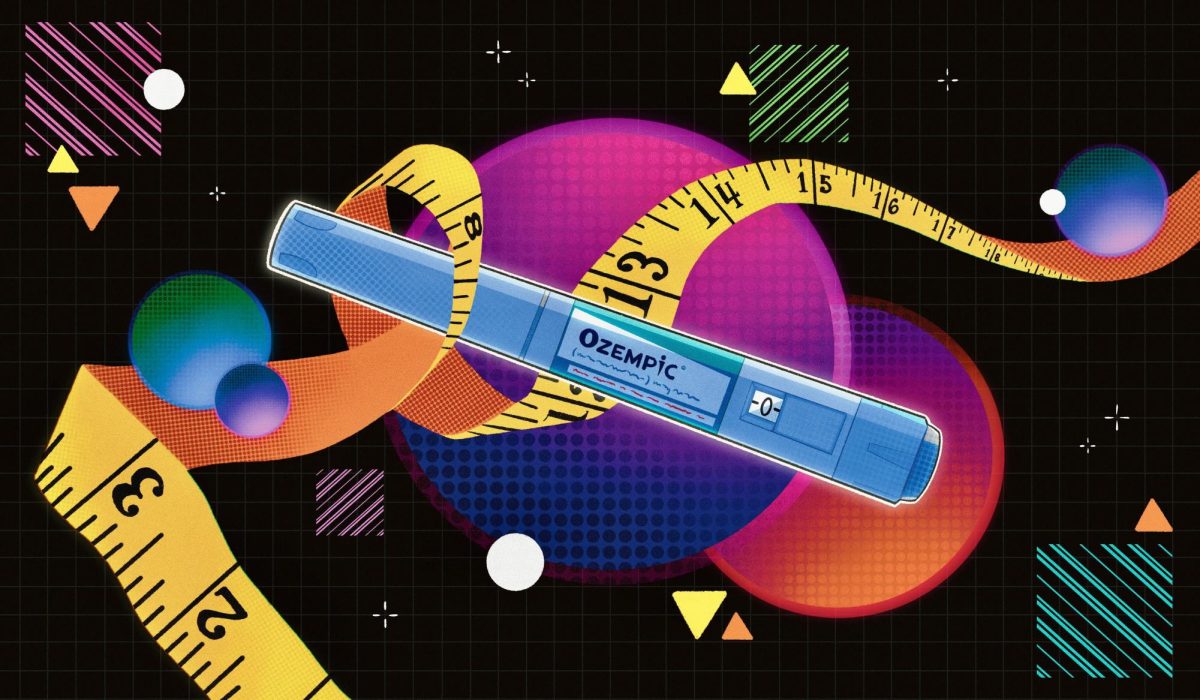By Chris Roteliuk • Staff writer
Pre-med students, get ready to hunker down for a mental marathon unlike ever before — the Association of American Medical Colleges (AAMC) has decided to make some major changes to the MCAT medical school entrance exam. Set to take effect in 2015, the new test aims to capture a student’s “soft skills” of reasoning and relating to patients, in addition to the traditional “hard skills” of biology, chemistry and physics. Shifting the MCAT toward a more balanced focus is a promising idea to steer students toward developing the skills of a well-rounded doctor, but the AAMC could fall victim to an over-emphasis on education in non-medical topics, a potentially risky way to separate those most qualified.
The new 2015 MCAT is comprised of four parts: biological sciences, physics/chemistry, behavior/social sciences (new) and reading comprehension/critical reasoning (new). The writing portion of the test has been removed, because feedback from admissions officers shows that this section is the least deterministic of quality medical students when compared to the students’ grades and performance on other parts of the exam. Each section is worth 15 points, for a total of 60 on the test. Overall, these changes increase the MCAT length by 90 minutes.
Arguably the most substantial change to the MCAT is the addition of 65 questions on psychology, human behavior and social sciences. If executed well, this new focus could prove very beneficial to the medical field. Encouraging students to take social science classes not only broadens their horizons, it also fosters mindsets and communication skills that are not practiced in science classes — indispensable attributes for an industry tied so closely to people.
But the new section poses a fundamental hazard: one-fourth of the MCAT medical exam will consist of non-medical topics. While the new reading and reasoning section tests a candidate’s ability to connect ideas, the behavior and sociology section solely quizzes students on their knowledge of these non-medical topics. Knowing the biological foundations of behavior might be sensible, but some of the topics listed on the AAMC Preview Guide are of questionable relevance to being a doctor. The guide states that students are expected to know theories on stereotypes, discrimination, power, prestige, and class, among other non-medical related social science topics. These abstract topics place unnecessary strain on pre-med students because students will have even more material to focus on that is concurrently vaguely related to the medical field. Amjed Saffarini, executive director of pre-health programs at Kaplan Test Prep, echoes this sentiment, saying that “Having that many more prereqs is not going to encourage students to go into medicine from the humanities.”
The opportunity for pre-med students to get a well-rounded education already exists. In addition to core medical classes, students can choose to major in any subject they want. In 2010, nearly a quarter of pre-med students chose a non-science major. What unifies such a diverse group of students into the pre-med classification is their knowledge of medical sciences received from the core medical classes. Giving significant weight to humanities on the test encourages students to specialize in more social sciences rather than extra medical sciences, when deeper knowledge in biological sciences is arguably the more pressing option for doctors.
Statements made by leaders of the AAMC suggest the changes to the MCAT may not be entirely for educational reasons. According to an article on InsideHigherEd.com from April 1, entitled “Revamping MCAT and Pre-Med Education,” the AAMC has repeatedly expressed desire for a more ethnically diverse medical field, and cite low MCAT test scores as a major obstacle to that goal. Senior director of the MCAT program Karen Mitchell has made it clear she hopes the new changes will help minorities score better on the test and increase their acceptance rate into med school. Yet, it undermines the purpose of screening for capable doctors to change expectations for students who perform mediocre on the medical portion of the MCAT. Increased diversity is a worthy goal, but changing admission standards is the wrong means to that end.
Though there has been a great deal of study and consultation with medical school faculty and admissions officers before choosing to enact these changes, it remains to be seen whether the social sciences section will actually hold a huge influence on the test. If the social sciences section does turn out to be irrelevant, the method of scoring each section individually will provide a safeguard.
The AAMC claims that performance on the current writing section is often ignored by interviewers, (hence the section’s removal in the 2015 version), demonstrating an interviewer’s power to focus only on the sections they feel are important. If the social sciences section does turn out to be a flop, it appears interviewers can easily choose to evaluate a student’s performance on the medical sciences alone.
There are certainly some concerns with the new MCAT test. That being said, the AAMC is an accredited group with firsthand knowledge about the needs of the medical field. Hopefully the new MCAT is able to find the proper balance between medical and non-medical topics, and produce well-rounded doctors.
Readers can contact Chris Roteliuk at [email protected]







